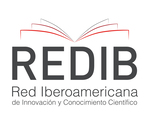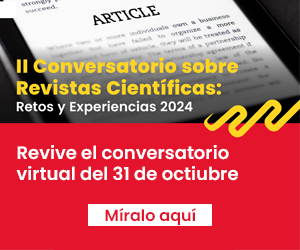Demographic indicators of dogs and cats with owner in the district of Lince, Lima-Peru, 2020
DOI:
https://doi.org/10.20453/stv.v10i1.4238Abstract
The aim of the study was to describe the demographic indicators of the population of dogs and cats with owner in the district of Lince, Lima. The study was based on the use of surveys. The study population was the dwellings of five sectors of the Lince district. The study collected a total of 737 valid surveys, which came mainly from houses (60.5%) and apartments (37.3%). The results show that 46.0% of the houses had dogs and 16.4% had cats. The average number of animals per dwelling was 1.4 for dogs and 1.8 for cats. The human: dog ratio was 5.4, and the human: cat ratio was 12.3. The percentage of survival of their offspring was 84% in dogs and 81.8% in cats and estimated life expectancy was 11.5 and 5.8 years, for domestic dogs and cats, respectively. Among dogs, there was a prevalence of male (53.6%), small size (49.4%), undefined breed (50.6%), non-sterilized (61.2%), and age average of 5.3 years. Among cats, there was predominance of females (57%), sterilized (69.1%), undefined breed (90.3%) and age average of 4.1 years. It is expected that the information presented in the research can contribute to the competent authorities in relation to the management and policies of responsible pet ownership in the specific sector of study.
Downloads
Downloads
Published
How to Cite
Issue
Section
License
All articles published in Salud y Tecnología Veterinaria are under a Creative Commons Reconocimiento 4.0 International license.
The authors retain the copyright and grant the journal the right of first publication, with the work registered with the Creative Commons License, which allows third parties to use what is published whenever they mention the authorship of the work, and to the first publication in this magazine.
Authors can make other independent and additional contractual agreements for the non-exclusive distribution of the version published in this journal, provided they clearly indicate that the work was published in this journal.
The authors can file in the repository of their institution:
The research work or thesis of degree from which the published article derives.
The pre-print version: the version prior to peer review.
The Post-print version: final version after peer review.
The definitive version or final version created by the publisher for publication.












